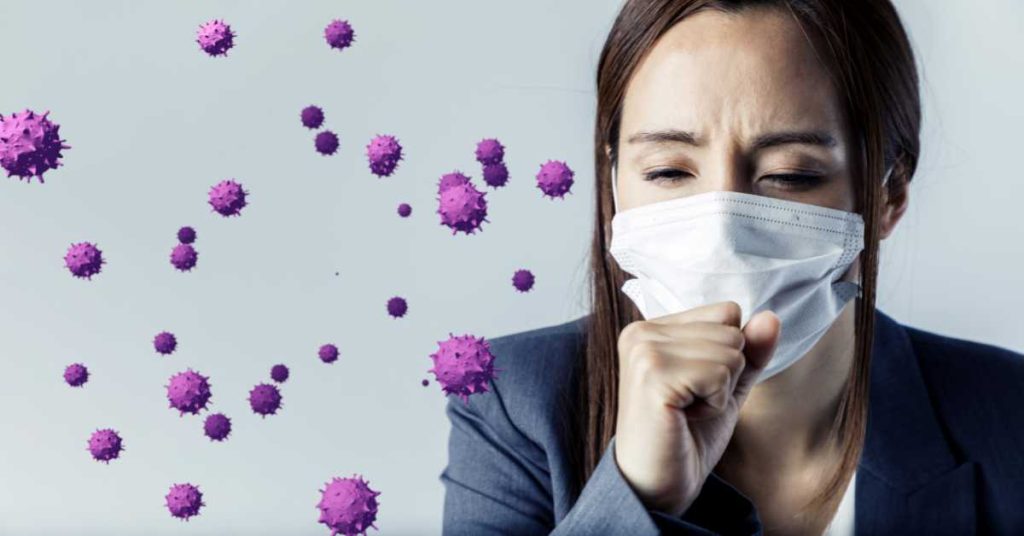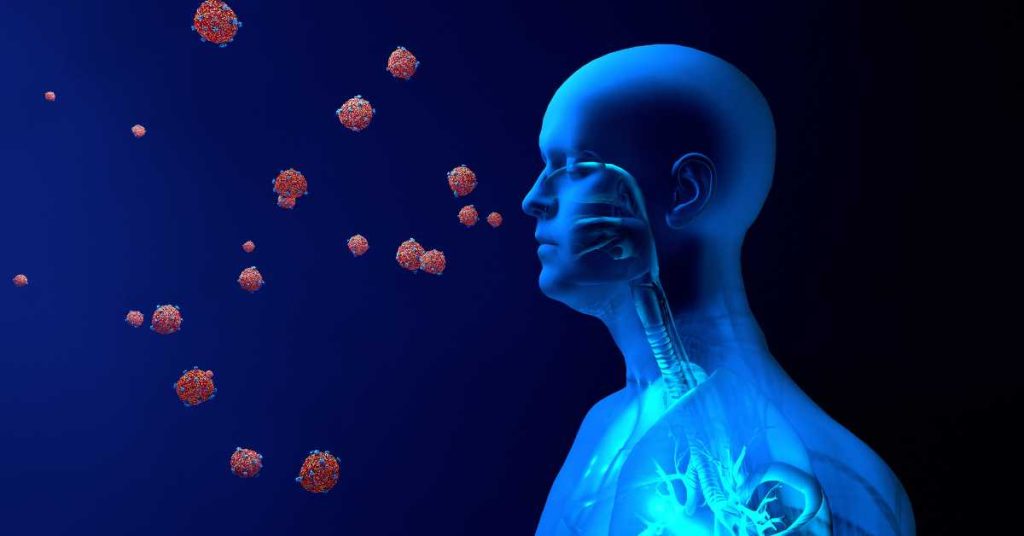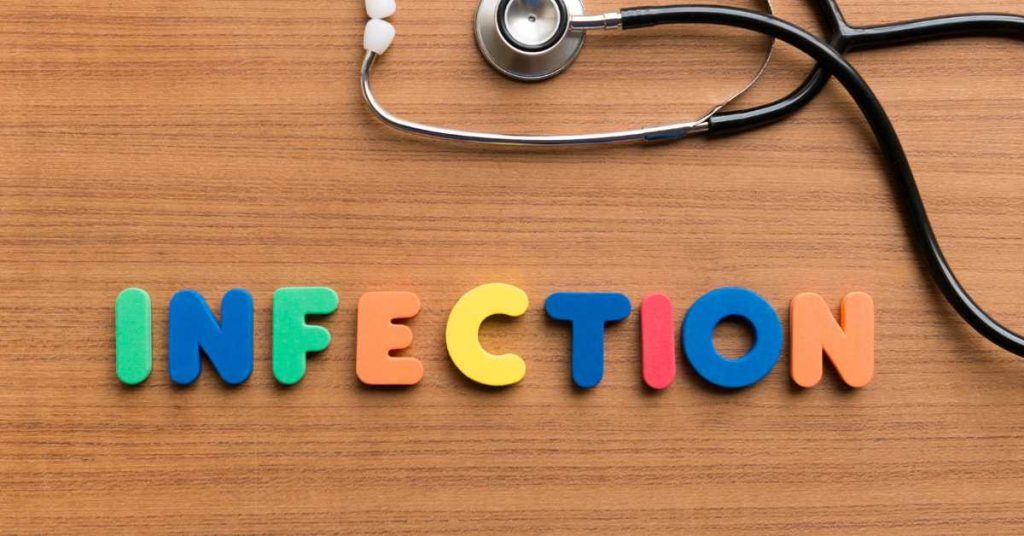First Aid in Preventing Infection and Disease Spread: Essential Steps Every Individual Should Know

The importance of first aid in preventing the spread of infections and diseases cannot be overstated in a world where health has taken center stage. First aid, which is frequently the first interaction in a chain of health care events, has enormous potential in slowing the spread of pathogens, serving as a critical control point that is often overlooked.
Statistics reveal an alarming reality: a significant number of infection transmissions occur between the onset of an injury or illness and professional medical intervention.
According to the World Health Organization, 1.5 billion cases of diarrhoea occur each year, many of which are caused by cross-contamination and could potentially be avoided with proper first aid intervention.
This blog aims to shed light on the simple, yet highly effective steps that individuals can take to control infection in various first aid situations. By arming ourselves with this knowledge, we not only protect our own health, but we also make a significant contribution to the larger public health landscape, actively reducing the burden on our global healthcare systems.
Understanding the Basics of Infection and Disease Spread
In the realm of first aid, a foundational understanding of how infections and diseases propagate is paramount in initiating effective preventive measures. Infections, caused by pathogenic microorganisms such as bacteria, viruses, parasites, or fungi, can spread in several ways, often categorised based on their specific transmission route. These transmission pathways, if not obstructed, can lead to widespread health issues, highlighting the necessity of knowledgeable first aid responses.

A. Explanation of how infections spread: –
- Person-to-person: Direct physical contact with the bodily fluids of an infected individual, often through touch, or indirect contact via droplets from sneezing or coughing.
- Airborne transmission: Inhaling airborne pathogens, which can be particularly dangerous in enclosed spaces.
- Surface contact: Touching surfaces contaminated with pathogens and subsequently touching one’s face, particularly the nose, mouth, or eyes.
- Vector-borne: Through bites of vector insects like mosquitoes and ticks.
B. Common types of infections encountered in everyday life and first aid scenarios:
- Respiratory infections (e.g., influenza, COVID-19) – Gastrointestinal infections (e.g., norovirus)
- Skin infections (e.g., MRSA) – Bloodborne diseases (e.g., hepatitis B)
- Wound-related infections (e.g., tetanus)
C. The role of first aid in interrupting the transmission pathways:
- Immediate disinfection: Proper cleansing and disinfecting of wounds or exposed areas.
- Barrier methods: Use of gloves, masks, and eye protection to prevent direct exposure to infectious agents.
- Safe practices: Correct procedures for disposal of waste materials and contaminated items to prevent further spread.
- Awareness and caution: Understanding symptoms and circumstances that suggest a higher risk of infection and taking extra precautions accordingly.
Principles of Infection Prevention in First Aid

When emergencies arise, first aid responders are thrust into the frontline, necessitating a thorough grasp of infection prevention principles to protect both the victim and themselves.
In these critical moments, adherence to stringent hygiene practices and protocols can drastically minimize the risk of infection transmission.
Establishing these safeguards forms the bedrock of effective first aid, ensuring that immediate care does not compromise long-term health or precipitate broader infectious outbreaks.
A. Hand hygiene: proper washing and sanitization techniques.
- Vigorous handwashing with soap and water for at least 20 seconds, covering all surfaces of the hands and fingers, particularly before and after providing first aid.
- Use of hand sanitizer with at least 60% alcohol content if soap and water are unavailable, ensuring coverage on all hand areas.
- Avoidance of touching one’s face, especially the eyes, nose, and mouth, when hands are potentially or visibly dirty.
B. Use of Personal Protective Equipment (PPE): types of PPE like gloves, masks, and usage scenarios.
- Gloves: to be worn when there is a potential for contact with bodily fluids, broken skin, or mucous membranes, and during wound care.
- Masks: essential for keeping potential respiratory droplets contained, especially in situations where close contact cannot be avoided (e.g., CPR, physical support).
- Eye protection: use of goggles or face shields during scenarios where there is a risk of splashing or spraying of bodily fluids.
- Gowns or aprons: recommended during high-contact care and procedures, especially when dealing with open wounds or bodily fluids.
C. Safe disposal of waste: managing potentially infected disposables.
- Immediate disposal of used gloves, bandages, and other materials in designated biohazard bags or containers with secure lids.
- No-touch waste receptacles usage, preferably with foot pedals, to avoid direct contact.
- Sharp objects like used needles or broken glass should be disposed of in puncture-resistant sharps containers.
- Hand hygiene post-disposal procedures to mitigate the risk of cross-contamination.
First Aid Practices to Minimise Infection Risks
Effective first aid transcends merely responding to emergencies; it entails a strategic approach that prioritizes minimizing infection risks.
The crucial minutes following an injury or the onset of sudden illness are pivotal in determining not only the immediate health outcomes but also the potential for subsequent infections.
By integrating safe, hygienic practices into the standard first aid procedures, responders can significantly mitigate these risks, providing care that supports both immediate recovery and long-term health.

A. Steps for handling open wounds:
- Controlling bleeding without direct contact:
- Use of gloves or clean cloth as a barrier between the responder’s hand and the wound.
- Applying pressure indirectly, using sterile gauze pads or clean cloths, to avoid skin-to-skin contact.
- Cleaning wounds with appropriate solutions:
- Gentle cleaning with soap and water, avoiding harsh chemicals that might aggravate the wound.
- Use of antiseptic solutions (like hydrogen peroxide or iodine) to disinfect the area cautiously.
- Dressing and bandaging techniques to minimize infection risk:
- Application of sterile dressings, ensuring the entire wound is covered.
- Utilization of adhesive bandages or sterile roller bandages, securing them to prevent entry of dirt and bacteria.
B. Guidelines for performing CPR without risking contamination:
- Use of barrier devices like face shields or masks with a one-way valve during mouth-to-mouth resuscitation.
- Preference for hands-only CPR (chest compressions) especially during pandemics, as recommended by health authorities.
- Post-CPR protocol including proper hand hygiene and disinfection of the surrounding area.
C. Tips for managing someone who might be infectious:
- Isolating the individual from others, providing care in a well-ventilated space or outdoors when possible.
- Both the responder and the patient should wear masks, and other PPE as necessary, to minimize direct transmission risks.
- Avoiding direct contact with body fluids by utilizing appropriate PPE, and following strict hand hygiene before and after interaction.
Preparation and Education: Key to Effective Prevention

Preparation and education are our most effective in our struggle against the spread of infection and disease. These aspects of proactive health management are about more than just personal preparedness; they also include a collective responsibility to foster a safer community environment. Being well-prepared and informed improves the efficacy of first-aid measures, transforming reactive responses into strategic actions that contribute significantly to infection control. This level of preparedness is a continuous process of learning, equipping, and community building that strengthens the network of defense against health threats.
A. Importance of first aid training and staying updated on current best practices:
- Regular participation in certified first aid courses to ensure knowledge and skills are up-to-date.
- Staying informed about updates from reputable health organizations, adapting first aid practices as guidelines evolve (especially during health crises like pandemics).
- Understanding the local prevalence of certain diseases to tailor first aid responses effectively.
B. Creating a first aid kit tailored for infection prevention:
- Essential inclusions: a variety of gloves, face masks, antiseptics, hand sanitizers, and sterile wound dressings.
- Accessibility and regular replenishment of supplies, ensuring items are within their use-by dates.
- Specialized items for prevalent community health risks, acknowledging that one size doesn’t fit all in health preparedness.
C. Community responsibility: promoting awareness and collective efforts in preventing infection spread:
- Engaging in community health initiatives, spreading knowledge about effective first aid, and infection prevention strategies.
- Collaboration with local health boards or committees, schools, and community centers to disseminate resources and training opportunities.
- Fostering a culture of ‘community watch’ during health crises, where members are encouraged to look out for, and responsibly report, potential health risks without inciting panic.
The First Aid Nest run public and workplace first aid courses, Australia wide.
Our workplace first aid courses can be run at your site.
Our public classes are here in Sydney and are the best option if you are an individual, a couple or a group
of just a few people.
Our sophisticated system will take the headache out of renewal for you too. Lose your certificate? No problem, just log in and download your certificate again anytime. We will also send you reminders about when your certificate is about to expire!
Book your spot or workplace with us today, contact us with any questions, or head to our FAQ page
